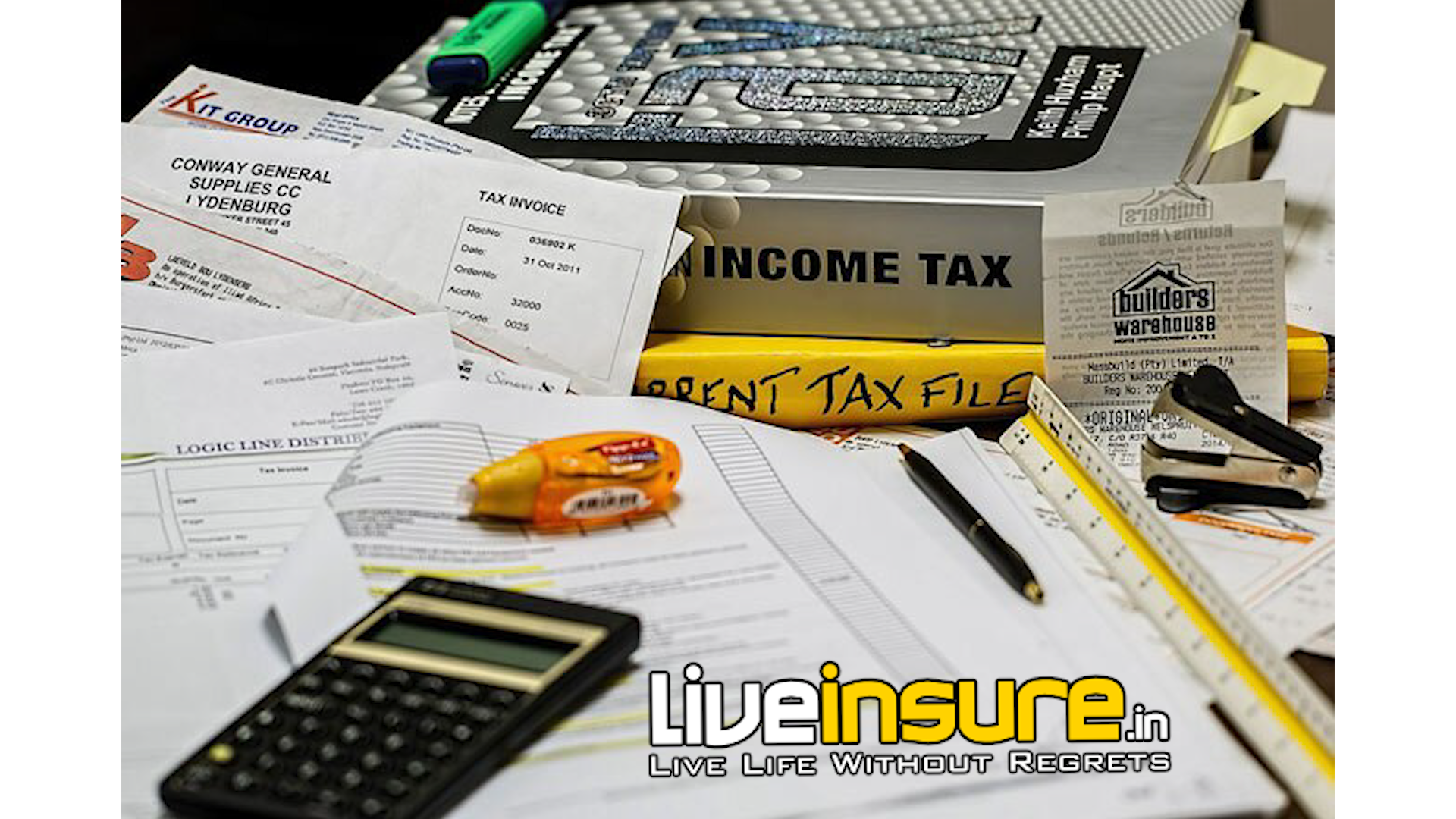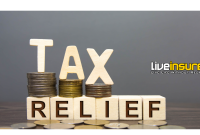The challenge of gathering everything you need to file your annual tax return can be either minimal and yawn-worthy or aggravating and time-consuming. How you feel about doing your taxes can depend on your financial situation. You can probably yawn if you’re single, rent your home, and work one job, but you’ll have to dedicate some time to the filing process if you’re married, are a single parent with at least one of your children living at home, have investments, are self-employed, or work multiple jobs.
Income Documents
The Internal Revenue Service (IRS) already knows how much income you brought in last year; it just wants you to confirm it on your tax return. Anyone who paid you more than $600 over the course of the year is required to file an information return with the IRS reporting those payments, usually no later than Jan. 31 of the ensuing year. That threshold is just $10 in the case of royalty income or broker payments.You should receive a copy of these forms to assist you in preparing your tax return.
These information returns come in a variety of forms, depending on the type of income you received. You’ll get a Form W-2 from your employer or employers if you worked a regular job. If you had multiple employers during the year, you’ll receive one from each of them. This form details your earnings and how much in the way of income tax was withheld from your pay and sent to the IRS on your behalf.
What documents do I need to file my taxes?
In addition to proof of your identity, and the identities of your family members, documents you should bring to a tax preparer include:
- Social Security documents
- Income statements such as W-2s and MISC-1099s
- Tax forms that report other types of income, such as Schedule K-1 for trusts, partnership and S corporations
- Tax deduction records
- Expense receipts
1. Social Security details
Among the most important things a CPA, tax preparer, or tax preparation software will need to file your tax return are the full names and Social Security numbers, or tax identification numbers, of you, your spouse, and your dependents.
The easiest way to ensure all spellings and numbers will be correct on your tax return is to provide:
- The Social Security cards for all people included on your tax return.
- Another form of identification to prove that the Social Security information is yours. Any government-issued ID that includes a photograph will work, such as a driver’s license, passport, or state identification card.
2. Income statements
Even though your employer should report your income directly to the IRS, your tax preparer will also need the information on your W-2 form(s) to complete your tax forms.
- If you hold more than one job, you’ll need to provide W-2s from each employer.
- If your employer makes a mistake on your W-2 and issues you a form W-2c, bring the corrected W-2c, as well.
Other income statements your tax preparer will need to file your return include your:
- W-2G, if you had certain types of gambling winnings
- 1099-R, if you received distributions from a pension, annuity, IRA, insurance contract and other retirement accounts.
3. Other types of income
If you’re self-employed or you receive income from other sources, you’ll need to report that information on your tax return. If you’ve received any of the following IRS forms in the mail, share them with your tax preparer.
- Form 1099 and Form 1099-MISC for self-employment income
- Form 1099-A for foreclosure of a home
- Form 1099-B for proceeds from broker transactions
- Form 1099-C for cancellation of debt
- Form 1099-DIV for dividends and distributions
- Form 1099-G for unemployment income or a state tax refund
- Form 1099-INT or Form 1099-OID for interest income
- Form 1099-K for business or rental income processed by third-party networks
- Form 1099-LTC for Long Term Care reimbursements
- Form 1099-PATR for patronage dividends
- Form 1099-Q for payments from qualified education programs
- Form 1099-QA for distributions from an ABLE account
- Form 1099-S proceeds from the sales of property
- Form 1099-SA for Health Savings Account and Medical Savings Account distributions
- Form SSA-1099 for Social Security benefits
- Form RRB-1099 for railroad retirement benefits
4. Tax deduction documents
Tax deductions can reduce your taxable income and, ultimately, your tax bill. Here are some forms you’ll need to document your major deductions:
- Form 1098, your Mortgage Interest Statement, which comes from the company that services your mortgage loan
- Form 1098-C for the donation of an automobile, boat or aircraft worth more than $500 to a tax-exempt organization
- Form 1098-E for interest you paid on a student loan during the preceding year
- Form 1098-T, the Tuition Statement, documenting how much you paid in tuition for post-secondary education
- Form 1040ES copies, for a record of estimated tax payments made
5. Receipts for expenses
If you’d like to deduct expenses from your personal or business income taxes, share your receipts for those expenses with your tax preparer. Tax-deductible personal expenses include:
- Medical bills,
- Charitable contributions,
- IRA contributions, and
- Certain education expenses.
If you’re self-employed, many business expenses are also tax deductible. To document both personal and business expenses, make sure you have all your receipts, invoices, medical bills, and mileage logs.
It’s also a good idea to have a copy of your latest tax return on hand. Your tax return will serve not only as a roadmap to your typical income and deductions, but also point out any major changes that may have occurred in the last year and any possible discrepancies between your returns.


